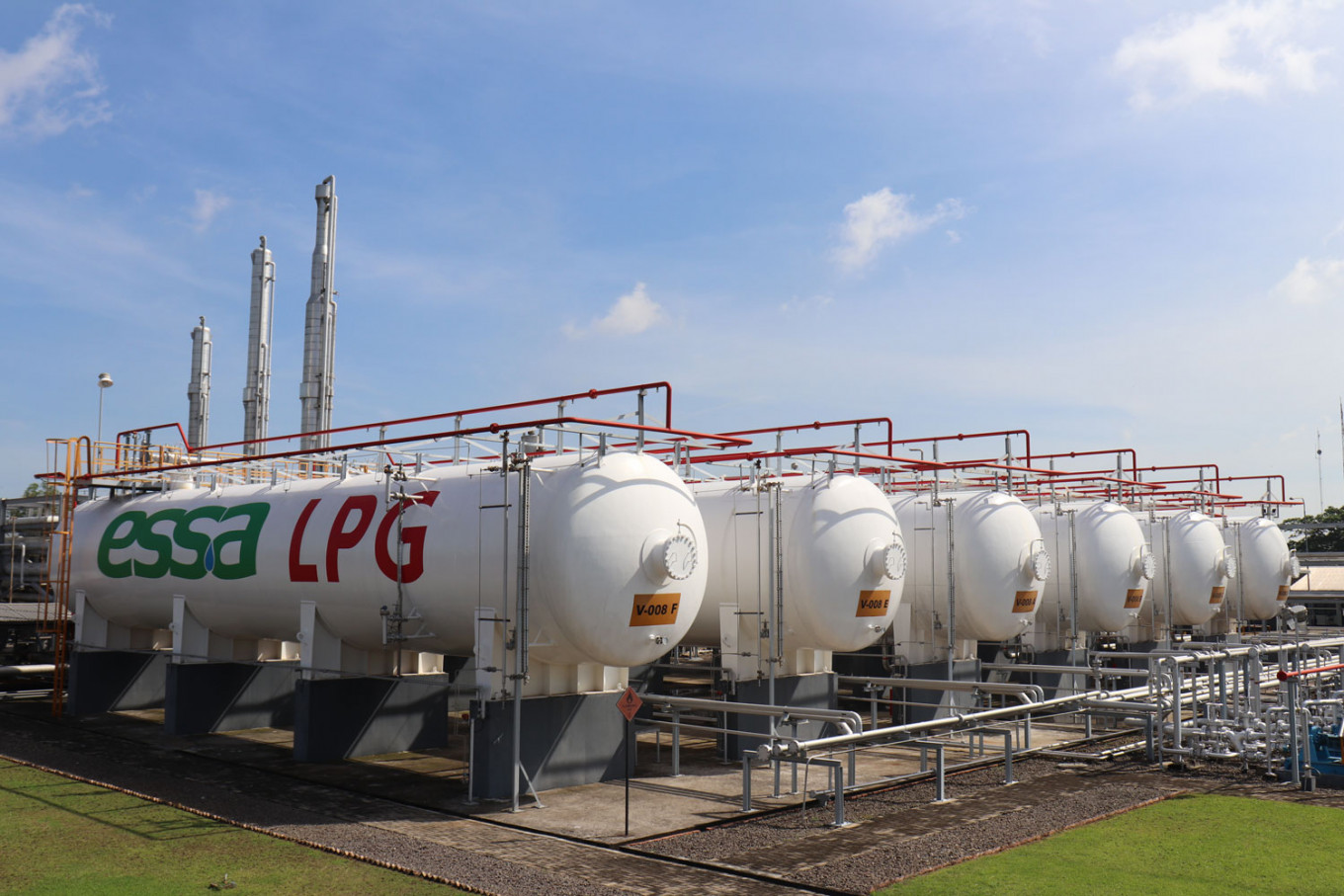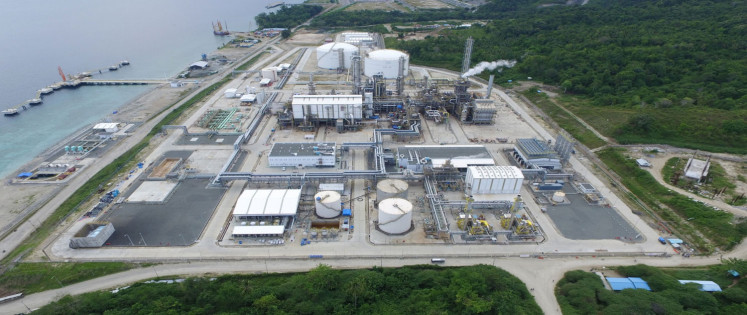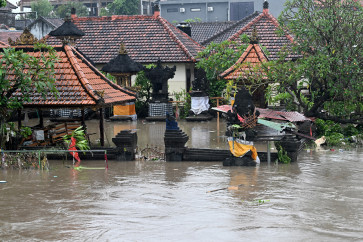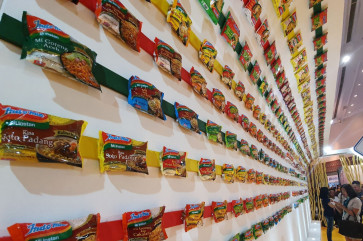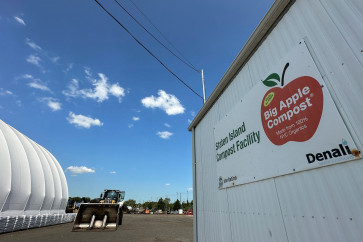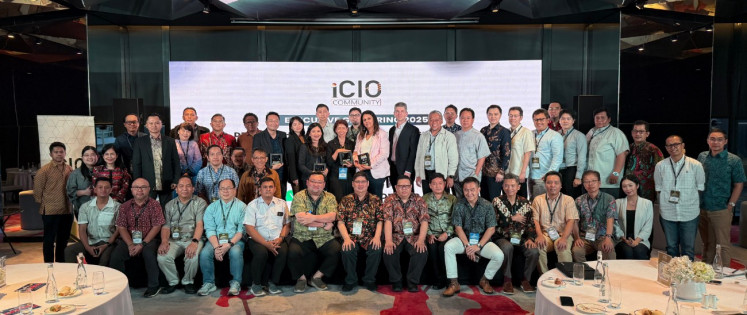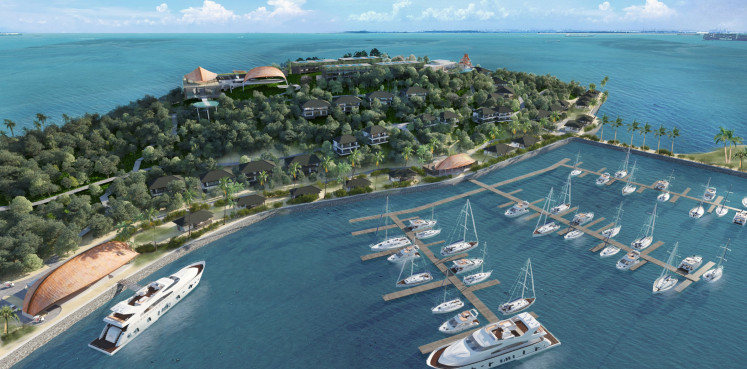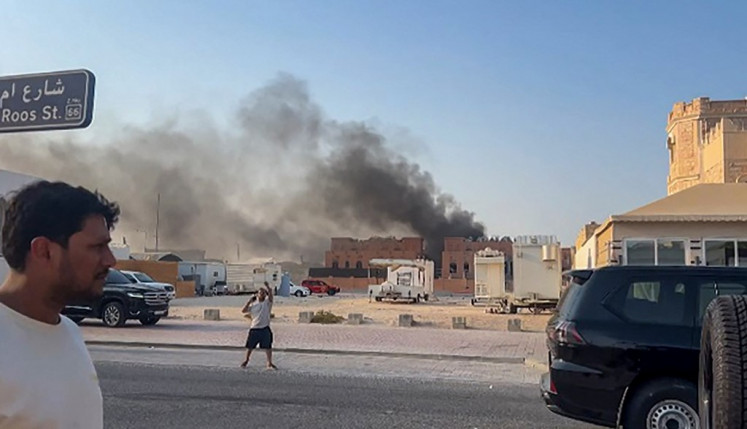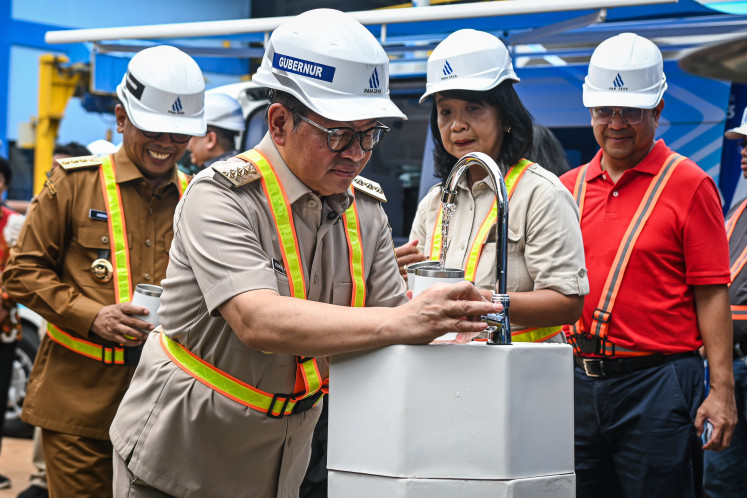Popular Reads
Top Results
Can't find what you're looking for?
View all search resultsPopular Reads
Top Results
Can't find what you're looking for?
View all search resultsESSA to become first Indonesian producer of carbon-free fuel
Change text size
Gift Premium Articles
to Anyone
Climate change, driven by the greenhouse effect, is one of the world’s major issues that needs to be urgently addressed.
Studies have found that greenhouse gas emissions from industry primarily come from burning fossil fuels for energy, as well as greenhouse gas emissions from certain chemical reactions necessary to produce goods from raw materials.
The government as decision-makers, industry and ordinary citizens are held responsible for tackling climate change.
This explains why PT Surya Esa Perkasa Tbk (ESSA), a publicly listed company operating in liquefied petroleum gas (LPG) refining in Palembang, South Sumatra, is taking part in reducing emissions to tackle climate change.
Along with ammonia production in Luwuk, Central Sulawesi, ESSA has taken strides toward developing blue ammonia, a carbon-free fuel that can be burned in thermal power stations without releasing carbon emissions.
ESSA’s subsidiary, PT Panca Amara Utama (PAU), has signed a memorandum of understanding (MoU) to conduct a feasibility study on how to produce blue ammonia in PAU’s ammonia plant in Luwuk in cooperation with the Japan Oil, Gas and Metals National Corporation, Mitsubishi Corporation and the Bandung Institute of Technology (ITB).
“As one of the newest and first ammonia plants to implement the world’s most efficient ammonia technology, the KBR Reforming Exchanger System and Purifier Plus Technology, PAU is ideally placed to help achieve the government’s target of reducing CO2 emissions by 29 percent by 2030,” says ESSA Chief Executive Officer Vinod Laroya.
First Greenfield Ammonia Plant in the World to use KBR’s Reforming Exchanger System & Purifier TechnologyTo date, while the majority of ammonia produced in Indonesia is used as a raw material for fertilizers, plastics and chemicals, the expectation for ammonia’s role as a future carbon-free fuel has grown considerably, as it is a safe hydrogen carrier, a zero CO2 emitter during combustion and has proven delivery logistics.
All of PAU’s annual capacity of 700,000 tons is expected to be converted to produce blue ammonia with the support of carbon capture, utilization and storage (CCUS) technology to become the first producer of this carbon-free fuel in Southeast Asia, particularly Indonesia.
Furthermore, taking into account that Indonesia’s LPG consumption is heavily dependent on imports, the government has decided to significantly reduce and suspend all LPG imports by 2030 in order to reduce the trade deficit and importantly, realize national energy independence. ESSA is ideally positioned to assist the government in realizing that policy.
“With ESSA having the largest privately owned LPG plant and the most technologically advanced ammonia plant in Indonesia, we hope our company paves the way for Indonesia to play a leading role in providing fuels of the future through the blue ammonia project while supporting the government policy with domestic LPG production,” Laroya says.

